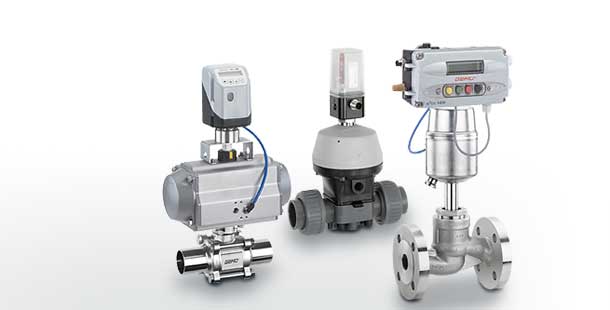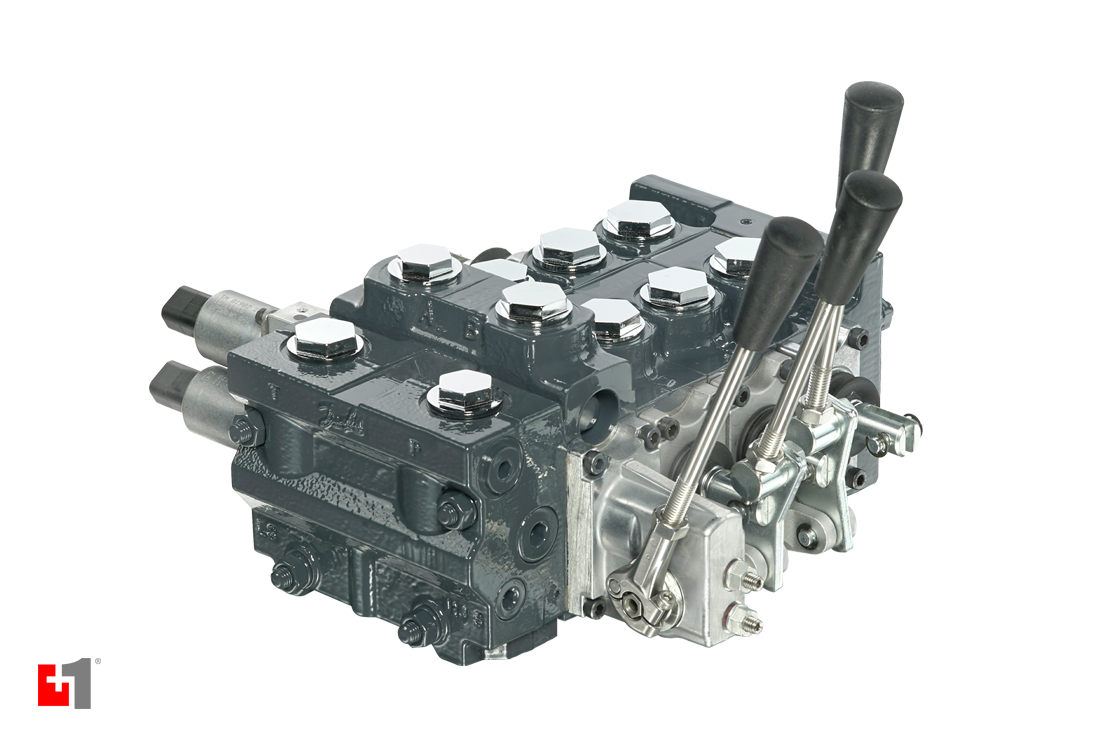
Maximize Power Savings and Comfort With Advanced Building Automation Controls
In the world of modern style and center monitoring, the integration of sophisticated building automation controls stands as a crucial advancement. By utilizing the power of automation, structures can adjust, respond, and develop in means that were when unimaginable.
Energy Performance Conveniences
Energy efficiency advantages can significantly lower power consumption and functional prices in buildings. By applying energy-efficient methods and modern technologies, structure owners and operators can achieve substantial financial savings while likewise contributing to ecological sustainability. Among the main advantages of boosting energy effectiveness in structures is the reduction of utility expenses. Energy-efficient systems, such as sophisticated structure automation controls, can enhance using resources like heating, air conditioning, and lights, leading to lower power expenditures gradually.
Moreover, improved energy effectiveness can extend the life-span of building equipment and systems. By operating extra successfully, heating and cooling systems, lighting fixture, and various other building elements experience less damage, resulting in minimized maintenance and substitute expenses. Additionally, energy-efficient structures often command higher building worths and rental rates, providing long-lasting financial benefits to owners.
Furthermore, energy effectiveness can boost occupant convenience and efficiency. Effectively managed indoor settings with optimum lighting and thermal problems create a more pleasant and conducive work space, resulting in enhanced staff member contentment and efficiency. On the whole, the energy performance advantages connected with advanced building automation controls are diverse, encompassing cost savings, ecological stewardship, and occupant health.
Enhanced Comfort Control
Enhancing convenience control in building atmospheres calls for a sophisticated assimilation of sophisticated automation systems for optimum occupant wellness. By utilizing advanced building automation controls, facilities can customize the interior setting to meet the particular requirements and choices of passengers. These systems make it possible for precise regulation of air flow, temperature level, and lighting, producing a effective and comfy ambience. Passenger fulfillment and productivity are closely connected to thermal comfort, making it necessary to have systems in place that can adjust to transforming conditions in real-time.
Enhanced comfort control goes past fundamental temperature level adjustments. It includes features such as individualized settings, tenancy sensors, and all-natural light utilization to produce a receptive and vibrant atmosphere. By including these advanced controls, buildings can not only boost convenience yet likewise boost energy efficiency by optimizing system operations based on real tenancy and use patterns. Eventually, prioritizing owner comfort via sophisticated automation systems leads to an extra delightful and much healthier interior setting.
Operational Performance Improvements

In addition, the implementation of real-time surveillance and analytics tools makes it possible for structure drivers to recognize energy inefficiencies and functional abnormalities immediately. By continuously checking power usage patterns and system efficiency metrics, modifications can be made in real-time to enhance power consumption and make certain peak operational performance. control valves. Furthermore, including demand action strategies into read the article structure automation controls can better improve operational performance by dynamically adjusting power usage based on grid problems and prices signals
Indoor Environment Optimization
Effective interior environment optimization is a fundamental element of structure automation controls, ensuring residents' convenience and health while making the most of power financial savings. By making use of advanced sensing units and controls, constructing automation systems can constantly readjust and monitor temperature level, moisture degrees, air high quality, and air flow to develop an optimal interior setting. Preserving comfortable and regular problems not just improves resident satisfaction but also improves performance and total health.
Indoor climate optimization also plays an essential duty in power efficiency. By fine-tuning heating, air conditioning, and ventilation systems based upon real-time information and tenancy patterns, developing automation controls can considerably minimize power intake - control valves. Executing strategies such as demand-controlled air flow and thermal zoning can aid lessen power waste while making sure that each location of the structure obtains the required conditioning.

Sustainable Atmosphere Creation
Building automation controls not only optimize indoor environment conditions for energy performance and passenger convenience however also lay the structure for producing a lasting atmosphere through strategic monitoring of systems and resources. By incorporating advanced structure automation innovations, such as sensors, actuators, and intelligent software program, centers can adjust and keep track of energy usage in real-time to decrease waste and decrease their carbon footprint. These systems enable anticipating upkeep, identifying potential issues before they escalate and optimizing tools performance to enhance longevity and performance.
Additionally, lasting environment production prolongs past power monitoring to incorporate water conservation, waste reduction, and indoor air top quality improvement. Building automation controls can manage water use, spot leakages, and make sure appropriate waste disposal practices, adding to overall sustainability initiatives. In addition, by keeping an eye on and regulating ventilation and filtration systems, these technologies improve owner health and wellness and efficiency while reducing power consumption connected with HVAC operations.
Verdict
Finally, advanced structure automation manages offer significant benefits in regards to power cost savings, convenience control, functional performance, indoor climate optimization, and creating a sustainable environment. By executing these controls, structures can achieve ideal performance while decreasing power usage and boosting resident convenience. It is noticeable that using advanced automation technology is essential in improving building efficiency and creating an extra lasting future.
Energy efficiency advantages can significantly decrease More Help power intake and functional costs in structures. Generally, the energy performance advantages connected with advanced structure automation controls are multifaceted, encompassing expense financial savings, ecological stewardship, and resident wellness.
Furthermore, incorporating demand action techniques into building automation controls can better boost functional performance by dynamically adjusting energy usage based on grid conditions and pricing signals.
Building automation controls not just optimize interior climate conditions for energy performance and owner convenience yet also lay the foundation for developing a sustainable environment with critical management of resources and systems.In conclusion, advanced building automation manages deal substantial advantages in terms of power savings, comfort control, operational effectiveness, interior climate optimization, and producing a sustainable atmosphere.
Comments on “Critical Elements to Think About When Choosing Control Valves”